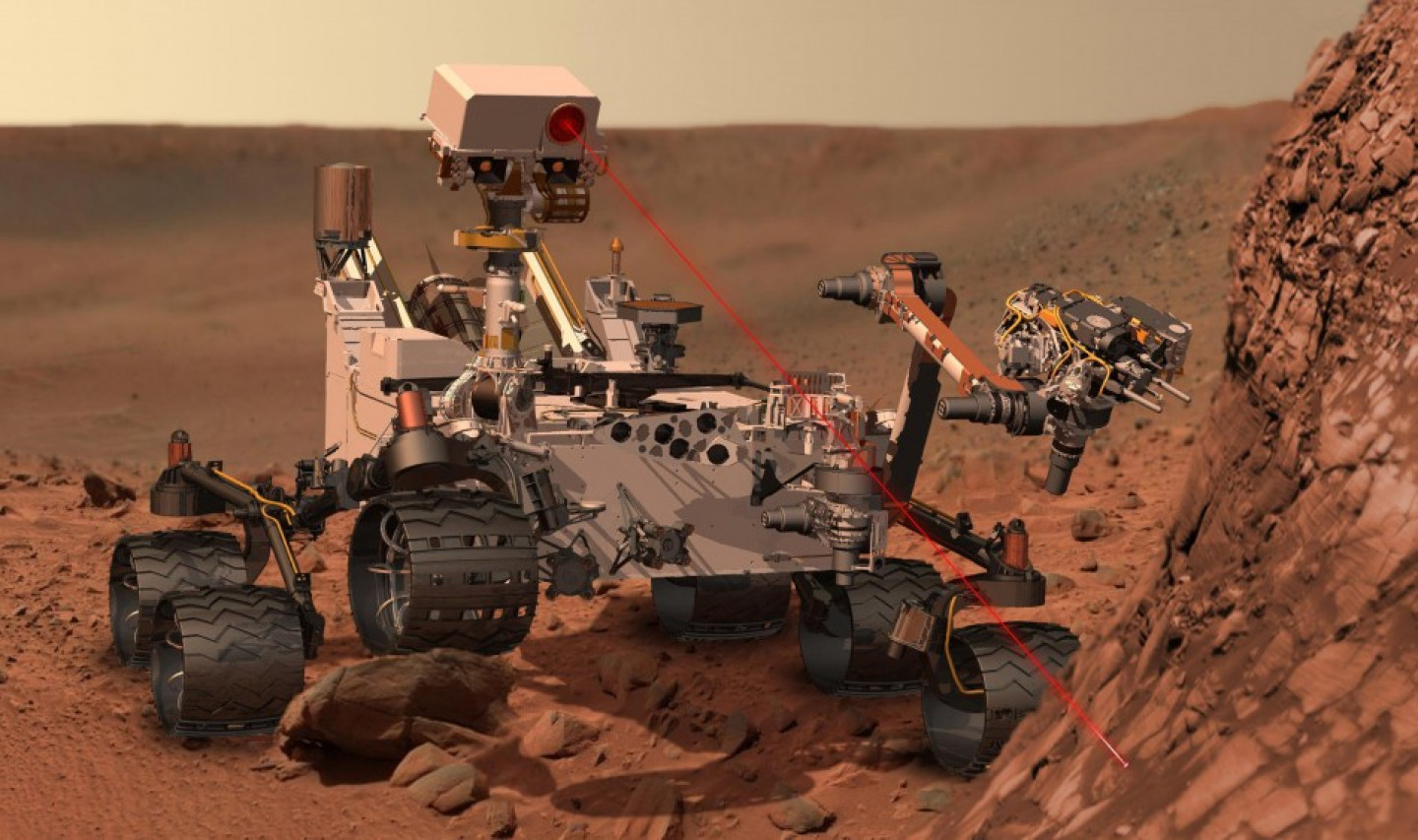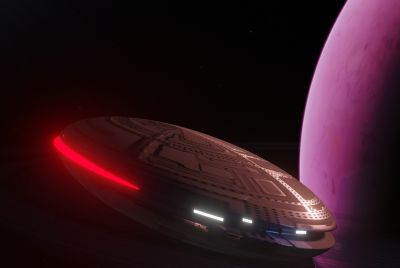Curiosity’s Mission to the ‘Death Planet’: Will it Solve the Biggest Cosmic Riddle?

The Mars has always been an enigma for astronomers and space scientists alike. Speculation about whether the Red Planet is hospitable to life or not is endless. A good half of the 45 Mars missions from the U.S., Russia, Japan, the European Union and China have either failed or simply vanished. This ominous distinction has earned it names like the "Death Planet" or the Bermuda Triangle of the solar system.
The omens seem to come back as doubts have already been raised over the fate of Phobos-Grunt, the Russian Mars mission which has been stuck circling the Earth since its launch in early November, and even Curiosity, Nasa's Mars Science Laboratory rover which was launched from Florida last week.
The European Space Agency has announced that it is now ceasing any further attempts to establish contacts with Phobos-Grunt which went totally silent more than a week ago. The spacecraft, which was meant to land on the larger of Mars' two moons, Phobos, and scoop up rock to bring back to Earth, now faces the prospect of falling back to Earth if engineers fail to regain control.
Reports have also emerged that Nasa's Curiosity may have skipped a key procedure tasked with preventing organic contamination from the Earth to the Mars. It is mandatory that all Nasa spacecraft sent to other planets must undergo such meticulous planetary protection procedures.
According to Space.com, a key step in these planetary protection measures was compromised for Curiosity, which is now en route to the Mars. The issue involves a set of drill bits carried by the rover. "When project developers made an internal decision not to send the equipment through a final ultra-cleanliness step, it marked a deviation from the planetary protection plans scripted for the Mars Science Laboratory mission," the website has reported. And, the decision was not conveyed to Nasa's chief protector of the planets until "very late in the game," the report has claimed.
"They didn't submit the request for the deviation not to comply with their planetary protection plan until several months ago. I will certainly expect to have a lessons-learned report that will indicate how future projects will not have this same process issue," said Catharine "Cassie" Conley, Nasa's planetary protection officer.
"Spacecraft going to potential habitable zones on Mars must be cleaned to an amazing degree, even sterilised. Samples returned to Earth will be treated as if they were highly infectious until demonstrated otherwise," Space.com has quoted Scott Hubbard, a former Nasa official at its headquarters in Washington, as saying.
However, experts point out that the protocol deviation won't affect the prospects of the mission. According to them, Curiosity is not a life-detection mission. Rather, it will scan the Gale Crater area of the Mars for evidence of past and present habitable environments. "Direct life detection is inherently difficult, some would argue currently impossible, because there is no uniform agreement on life. There is no mathematical expression for life as there is gravity ... only a series of attributes such as complexity, reproduction, metabolism, responsiveness and so on," Hubbard said.
"We are not a life-detection mission. We have no ability to detect life present on the surface of Mars. It's an intermediate mission between the search for water and future missions, which may undertake life detection," said lead scientist John Grotzinger of the California Institute of Technology, immediately after the launch of the rover.
The $2.5 billion car-sized rover, which is powered by plutonium rather than weather-dependent solar panels, will cover 354 million miles in 254 days to hit the surface of the Red planet. The various instruments in the ambitious space machine will analyse Martian soil and rocks, radiation, temperature, wind, humidity and, of course, carbon-laced compounds that are the building blocks of all earthly life forms. The mission is expected to operate for at least 1 Martian year (668 Martian sols/686 Earth days) as it explores with greater range than any previous Mars rover.
Now, the million-dollar question is whether Curiosity can provide indications to solve the biggest cosmic riddle - the existence or non-existence of Martians either humanoid or microbal.
© Copyright IBTimes 2025. All rights reserved.





















